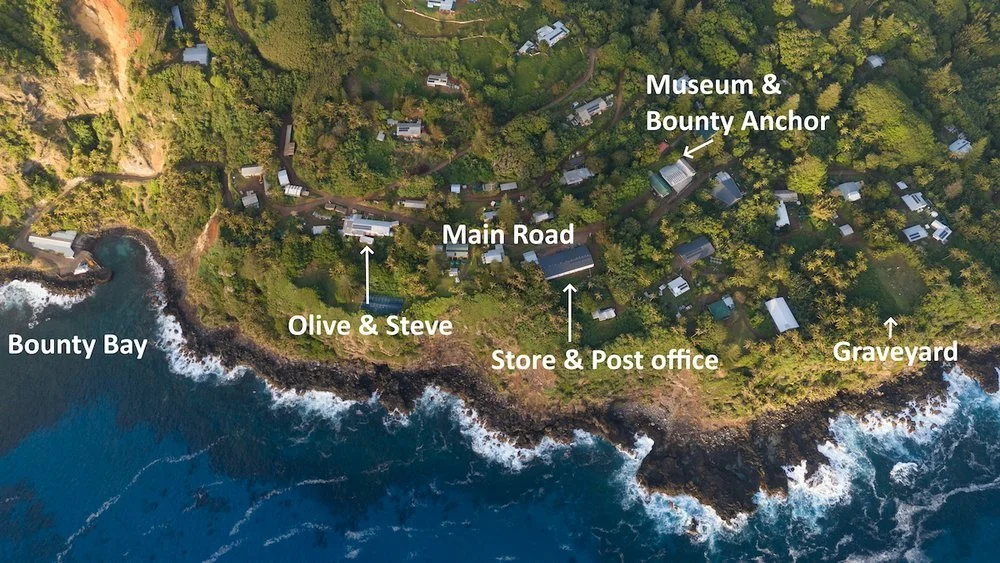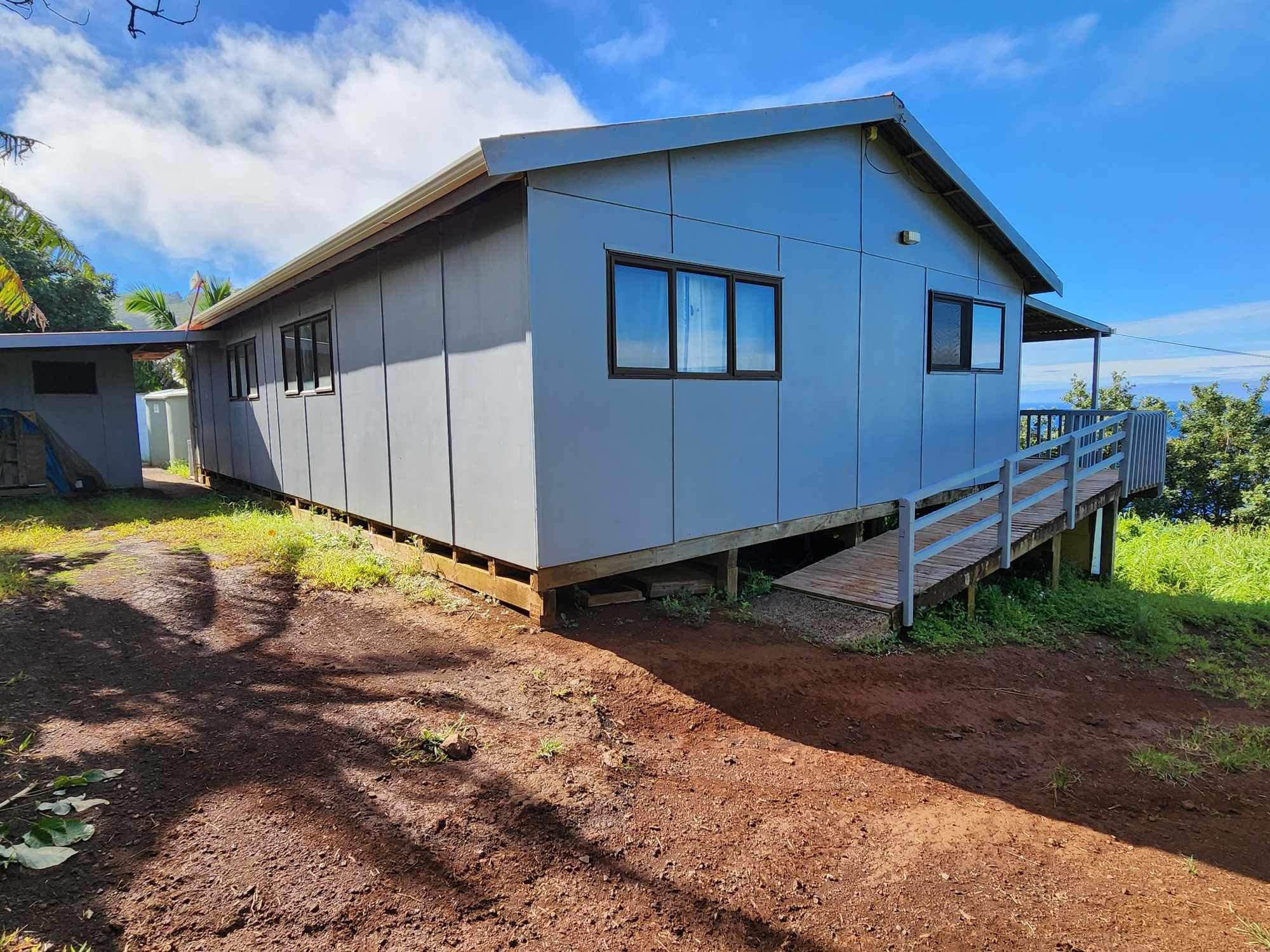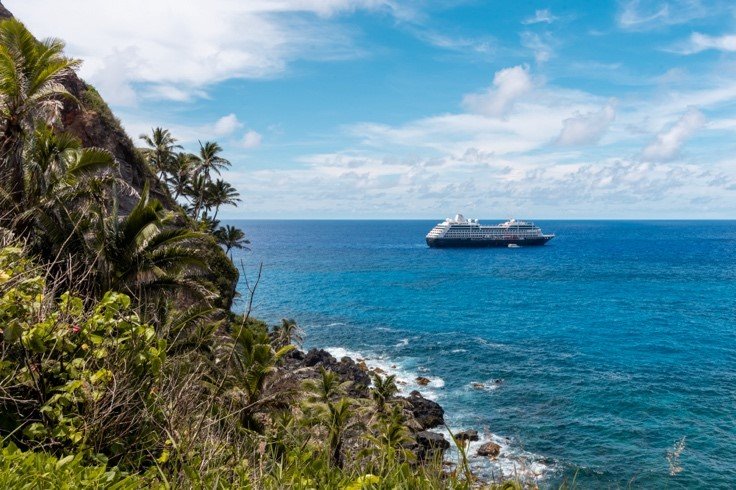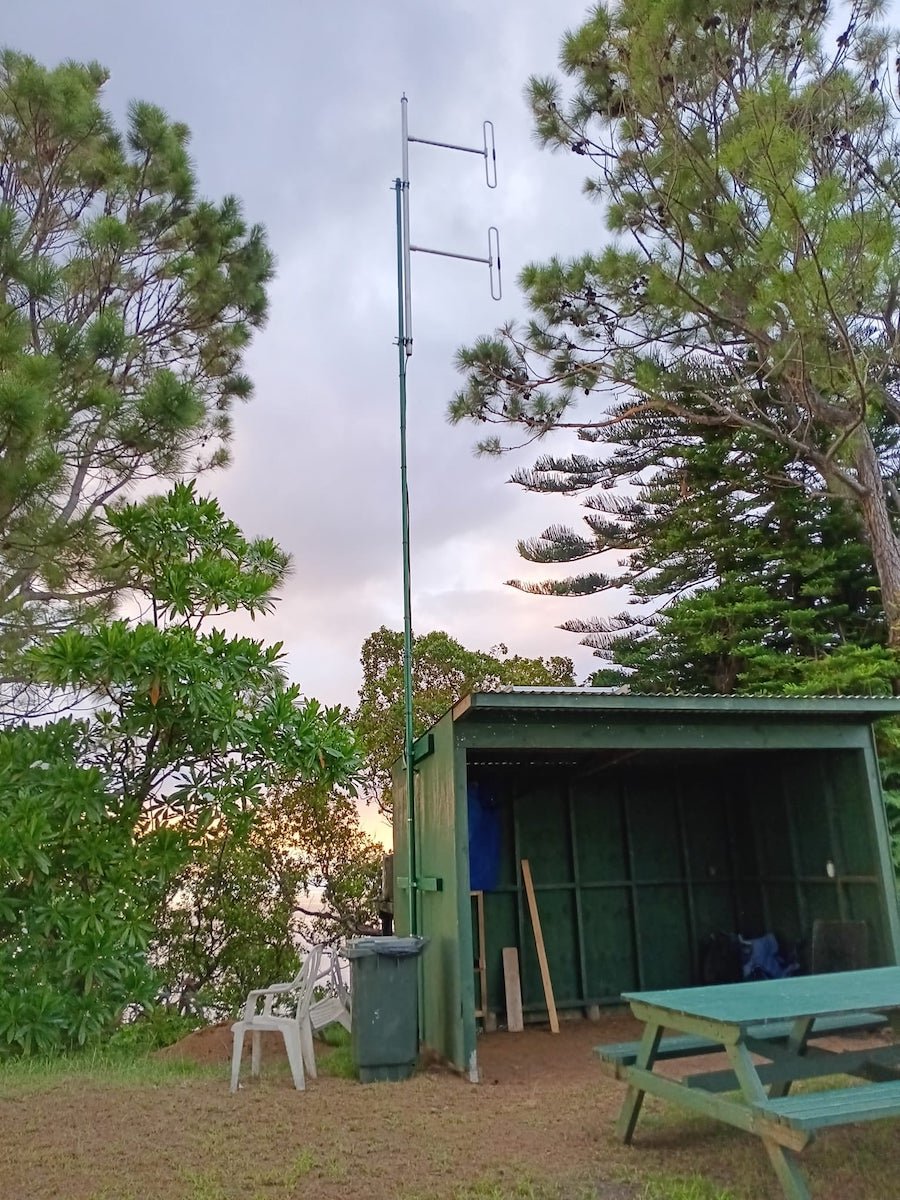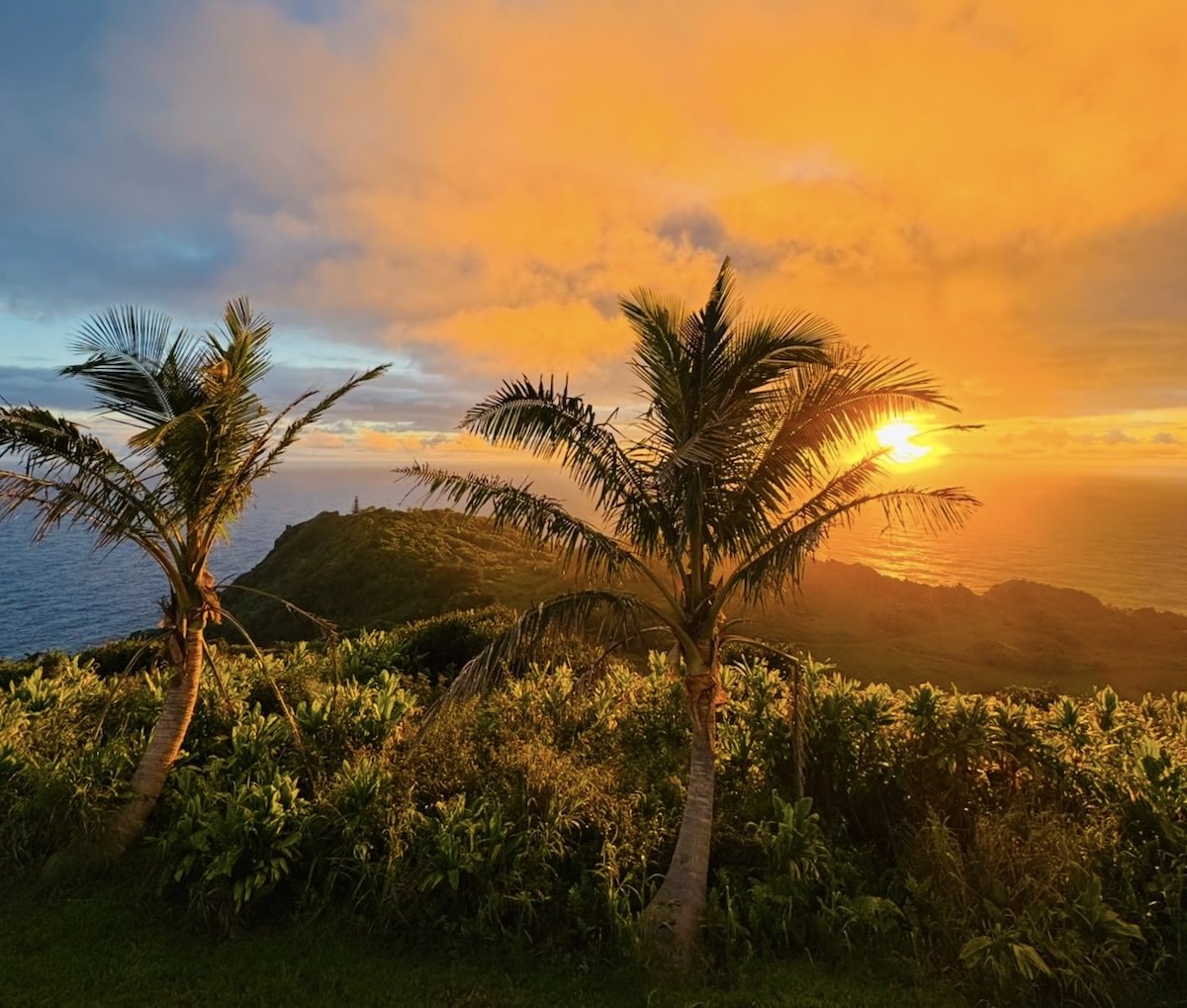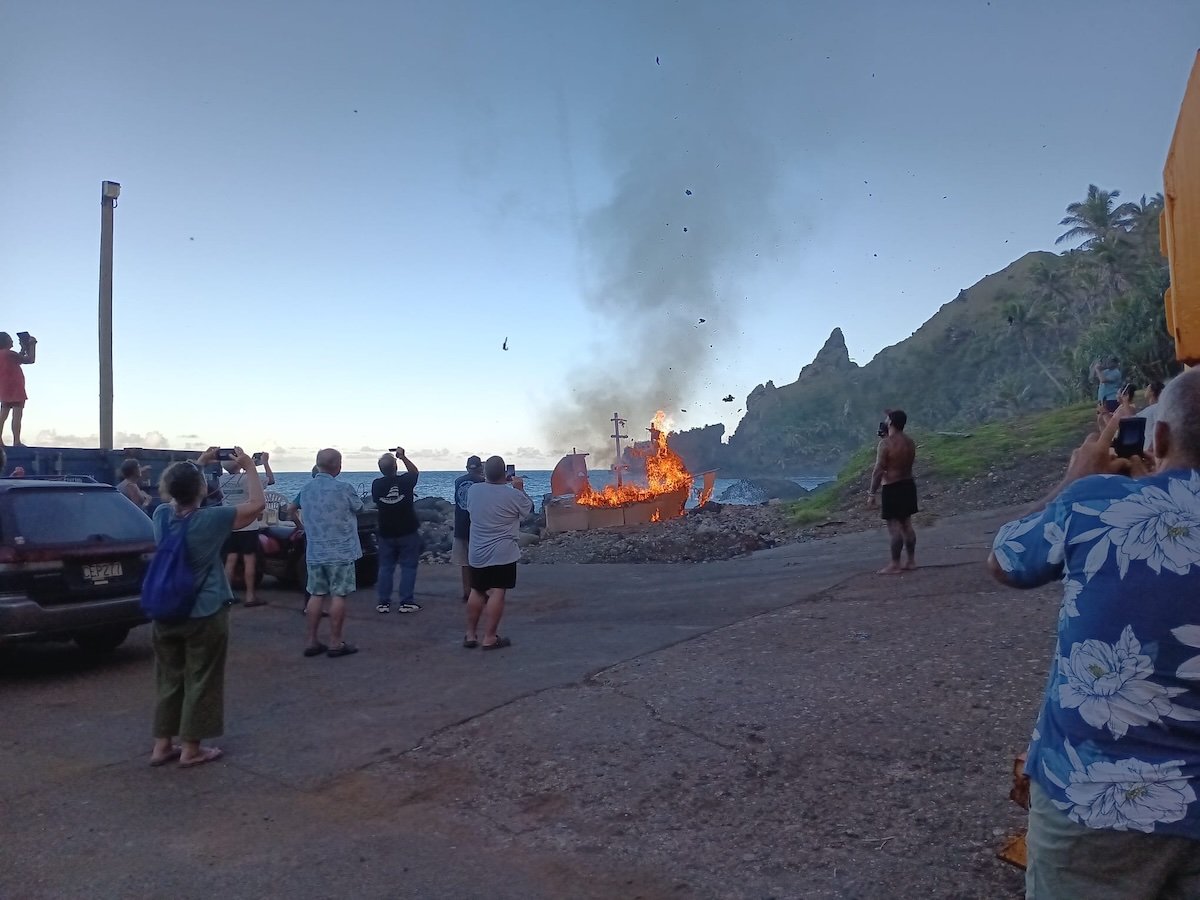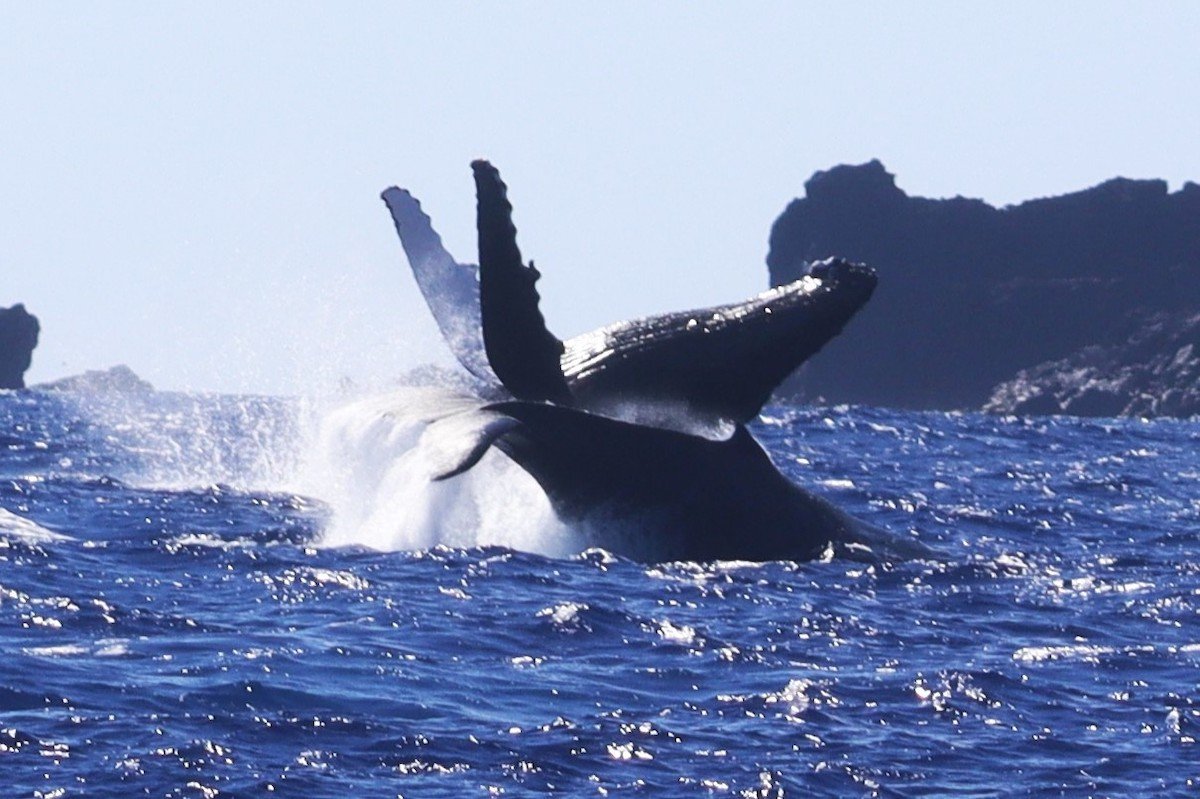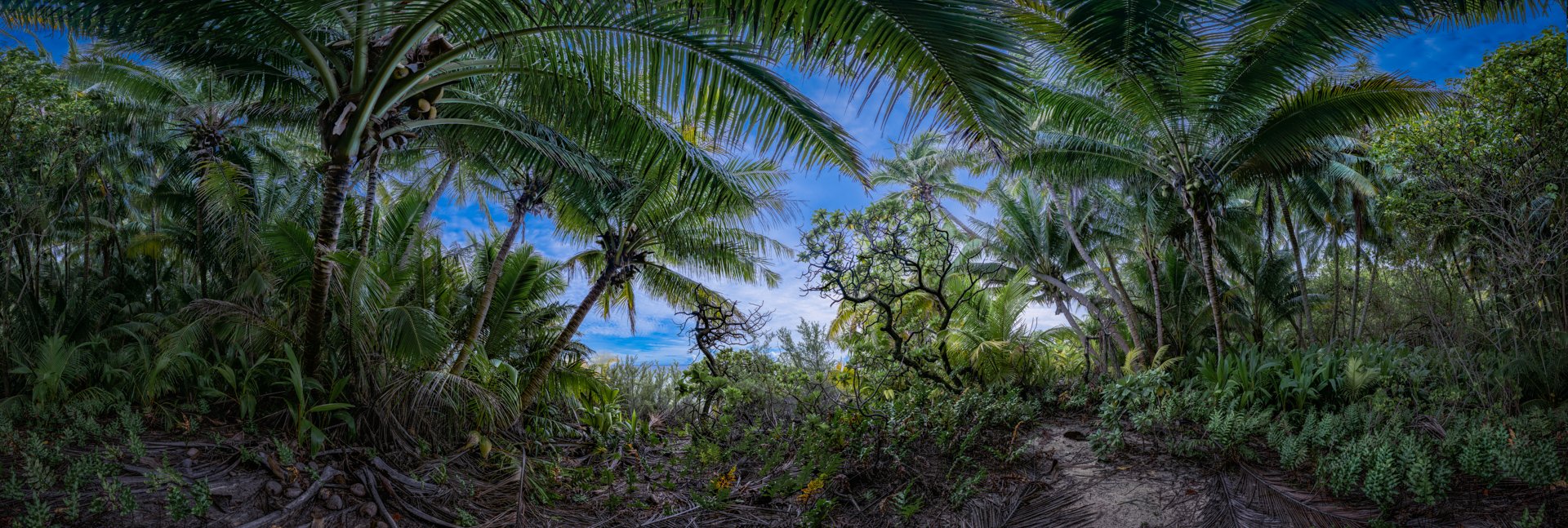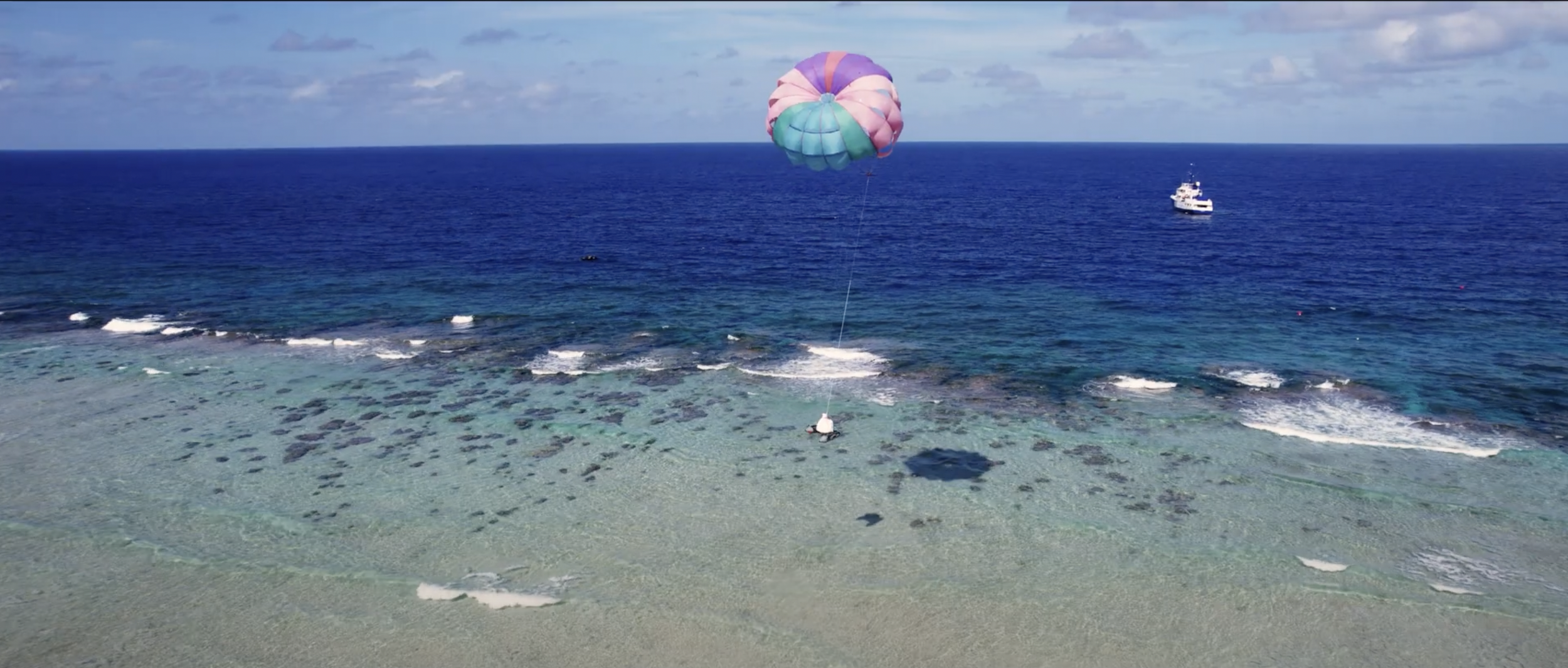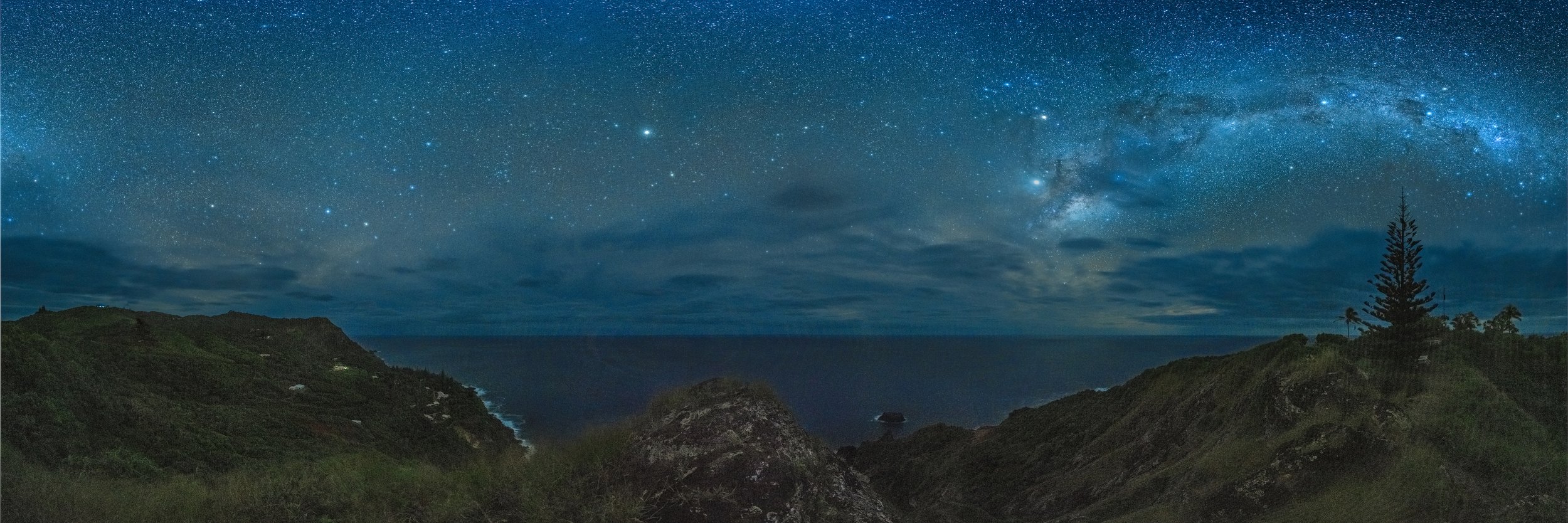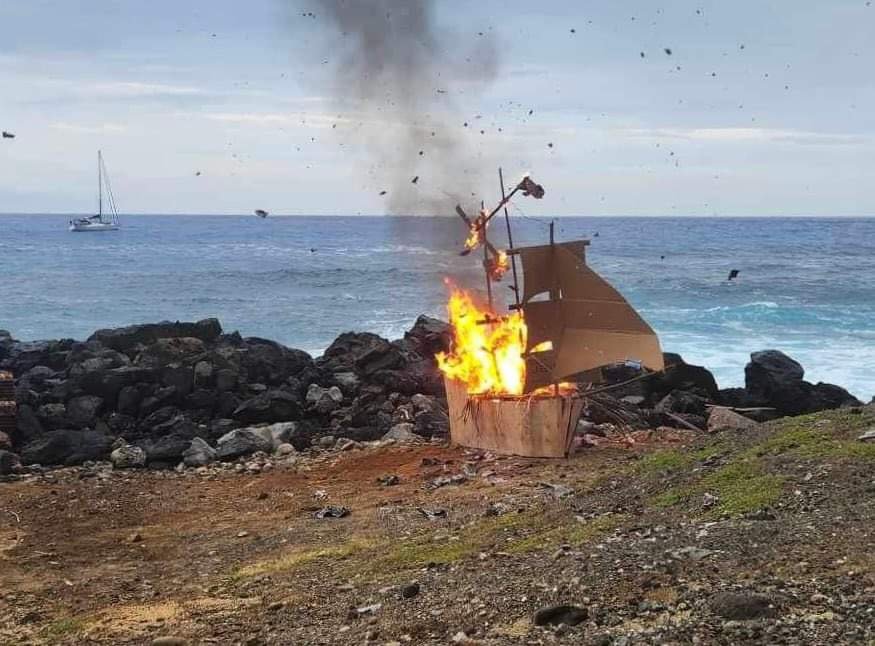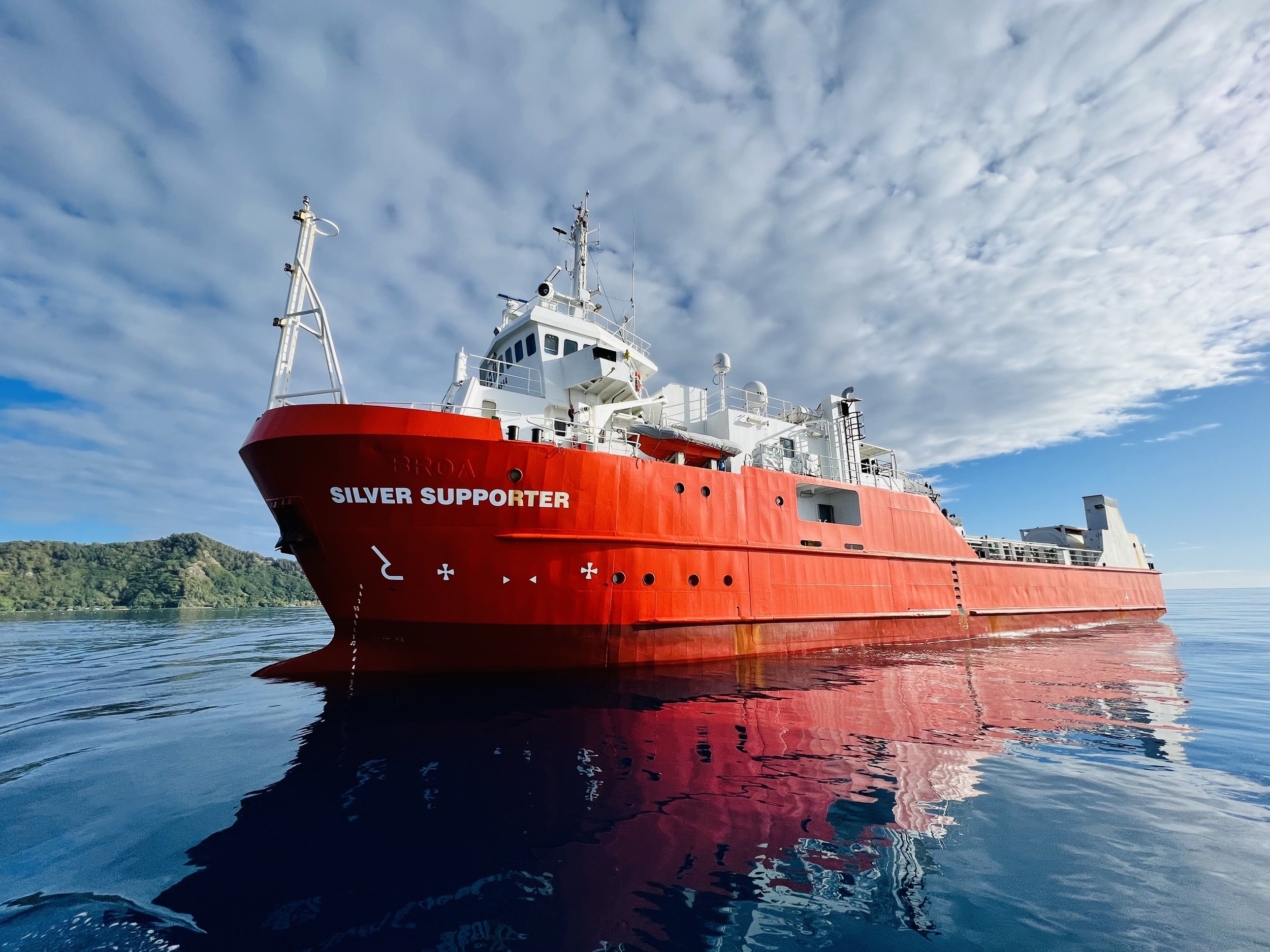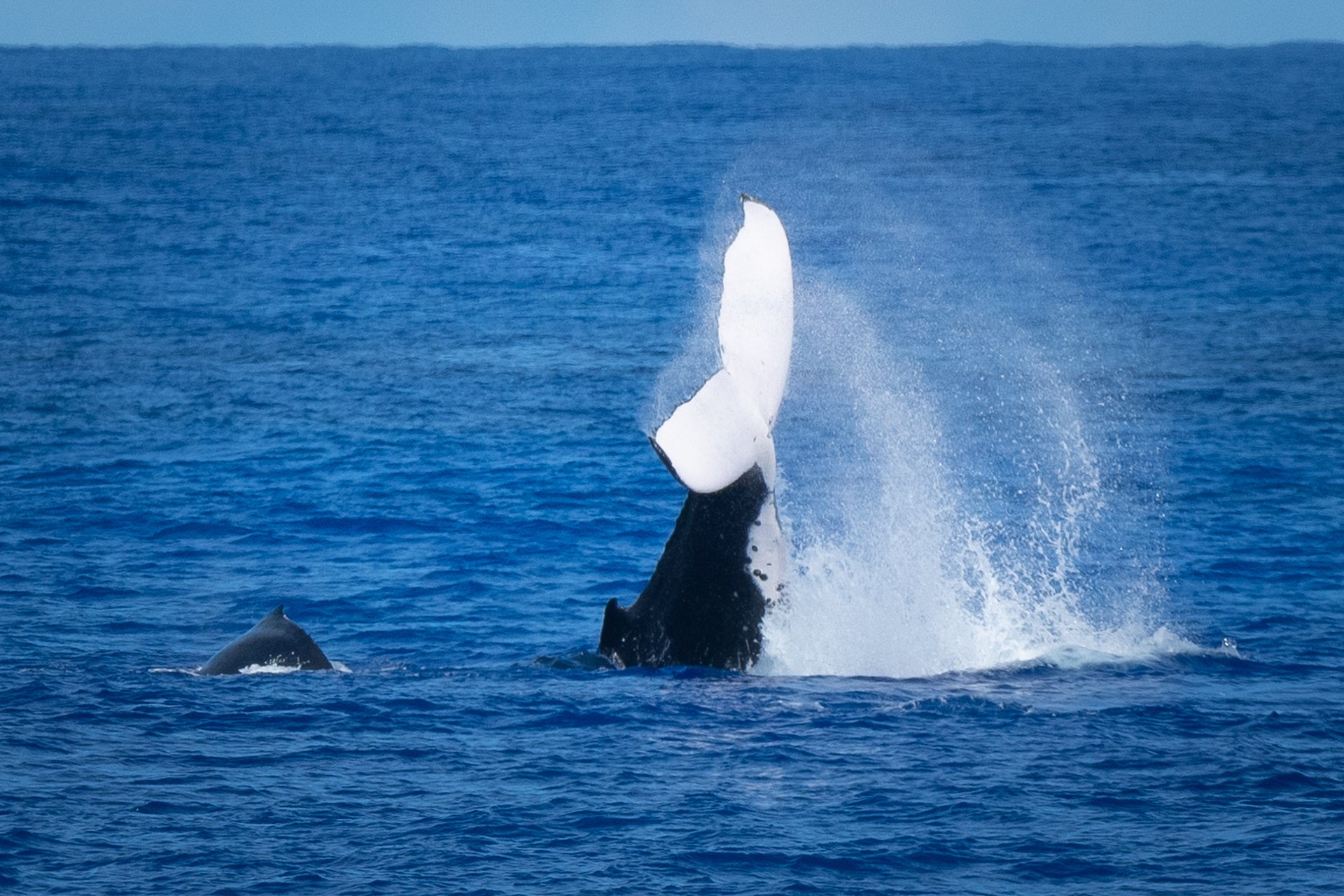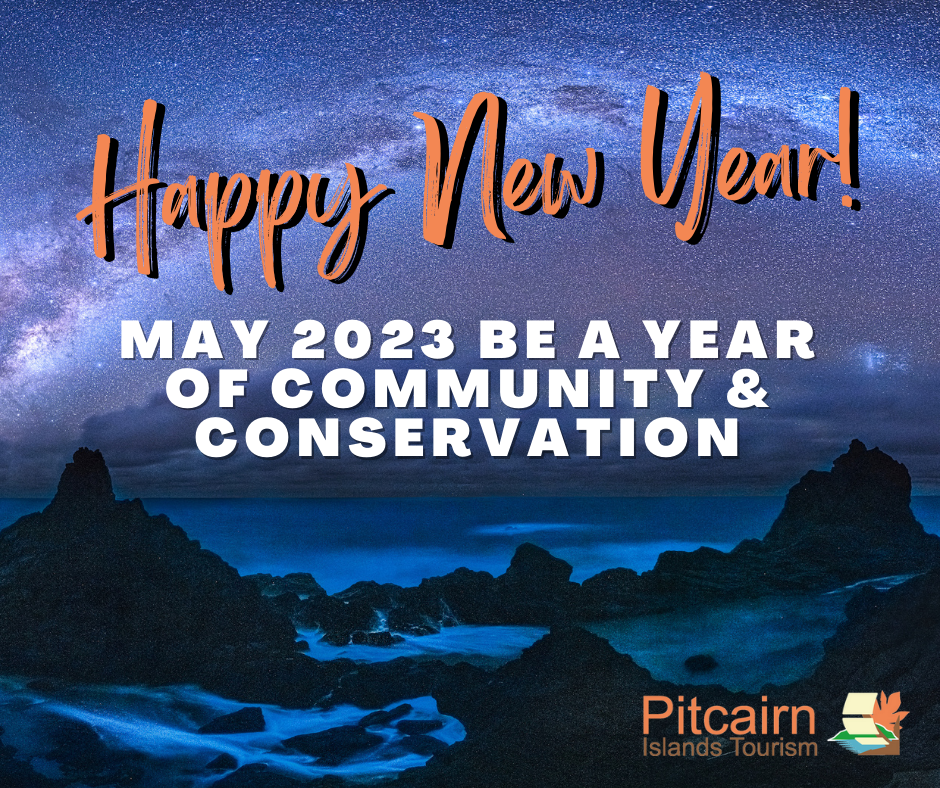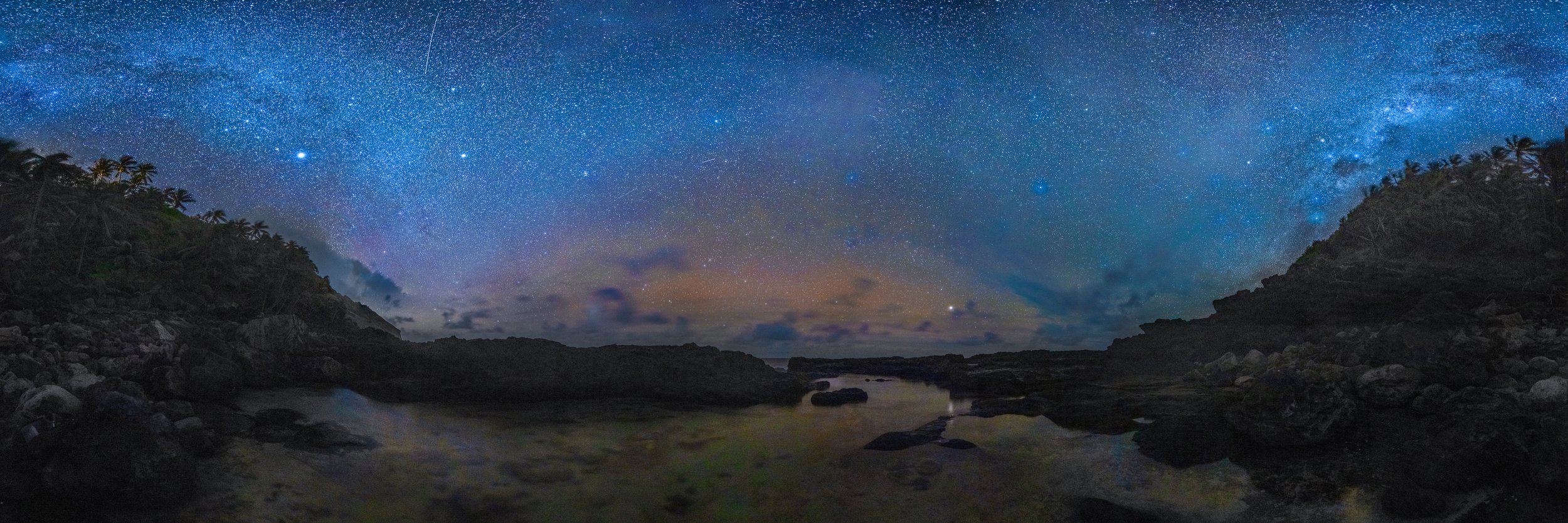
International Dark Sky Sanctuary
Mata ki te Rangi - Eyes To the Sky
Pitcairn Islands only Island group in the world to be a designated an International Dark Sky Sanctuary
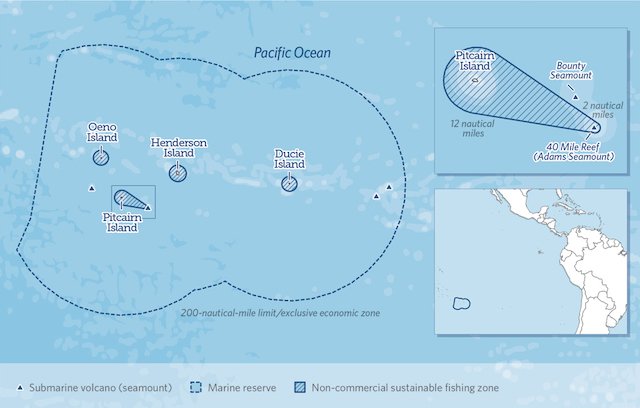
Pitcairn’s IDSS encompasses all 4 islands in the island group, a total land area of 43.25 km2.
Artificial light at night has revolutionized the way we live and work outdoors, but it can come at a price. When used indiscriminately, outdoor lighting can disrupt wildlife, impact human health, waste money, and energy, contribute to climate change, and block our view of the universe. It important we protect the quality of our night skies.
The Pitcairn Islands have exceptionally stunning dark skies, free from all light pollution. In late 2018 the Government of Pitcairn Islands made application to the International Dark Sky Association (IDSA) for the 4 islands in the Pitcairn Islands group to be granted the status of an International Dark Sky Sanctuary (IDSS).












On March 18th 2019 the IDSA formally approved Mata ki te Rangi
Pitcairn was officially designated an International Dark Sky Sanctuary, one of only 15 in the world. Pitcairn was the first British Overseas Territory to have been granted IDSS status and is also currently one of only 2 entire territories in the world to be listed as an IDSS.
The International Dark-Sky Association promotes win-win solutions that allow people to appreciate dark, star-filled skies while enjoying the benefits of responsible outdoor lighting.
Photos © Chris Pegman for Pitcairn Islands Tourism
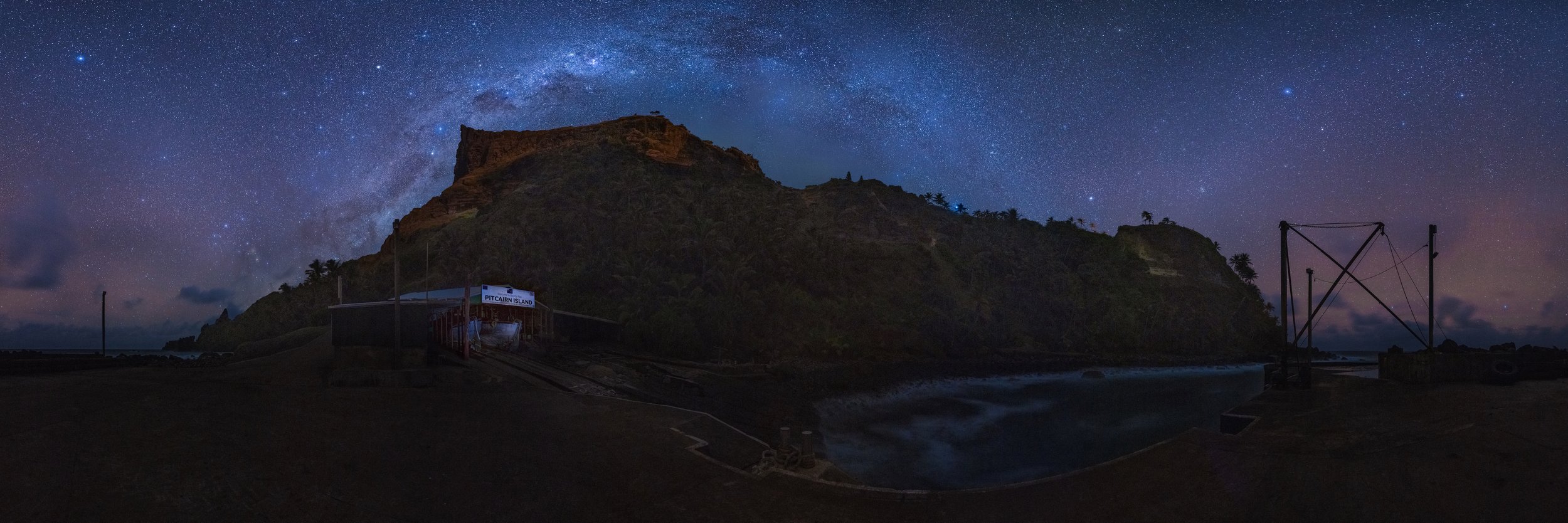
Known as “Mata ki te Rangi” (Eyes to the Sky) International Dark Sky Sanctuary, our IDSS encompasses all 4 islands in the Pitcairn Islands Group, a total land area of 43.25 km2.
Pitcairn is one of the 4 islands in the Pitcairn Islands Group and the only inhabited island.
The other three islands are Oeno, Henderson and Ducie. Henderson is a UNESCO World Heritage site, home to many endemic species of flowering plants, birds and insects. All 4 islands are surrounded by a Marine Protected Area. At 834,000 sq. km, it is one of the largest in the world.
Pitcairn Island itself is one of the world’s most remote inhabited islands. It lies in the South Pacific approximately 2300 km east of Tahiti and 6500 km west of northern Chile. At latitude 25.1 degrees, it is just south of the Tropic of Capricorn, the climate and vegetation are sub-tropical.
The Pitcairn Islands group has a rich history but Pitcairn itself is best known for the place where the mutineers of HMAV Bounty chose to settle in January 1790, together with 12 Polynesian women and six Polynesian men, mainly from Tahiti. Today the population of Pitcairn is less than 50, although the population reached a maximum of over 230 in the 1930s. It has been declining steadily since and the government has initiated a repopulation strategy.
The Government of Pitcairn Islands (GPI) has enacted an Outdoor Lighting Management Regulation. A group of islanders have been trained in the essentials of star-gazing and using telescopes and binoculars and an education and outreach programme has been implemented. Small Astro-tourism ventures have been established as new activities to help boost the island’s visitor economy and marketing Pitcairn’s pollution free night skies began in 2019.
Latest Dark Sky Photos Taken On Island
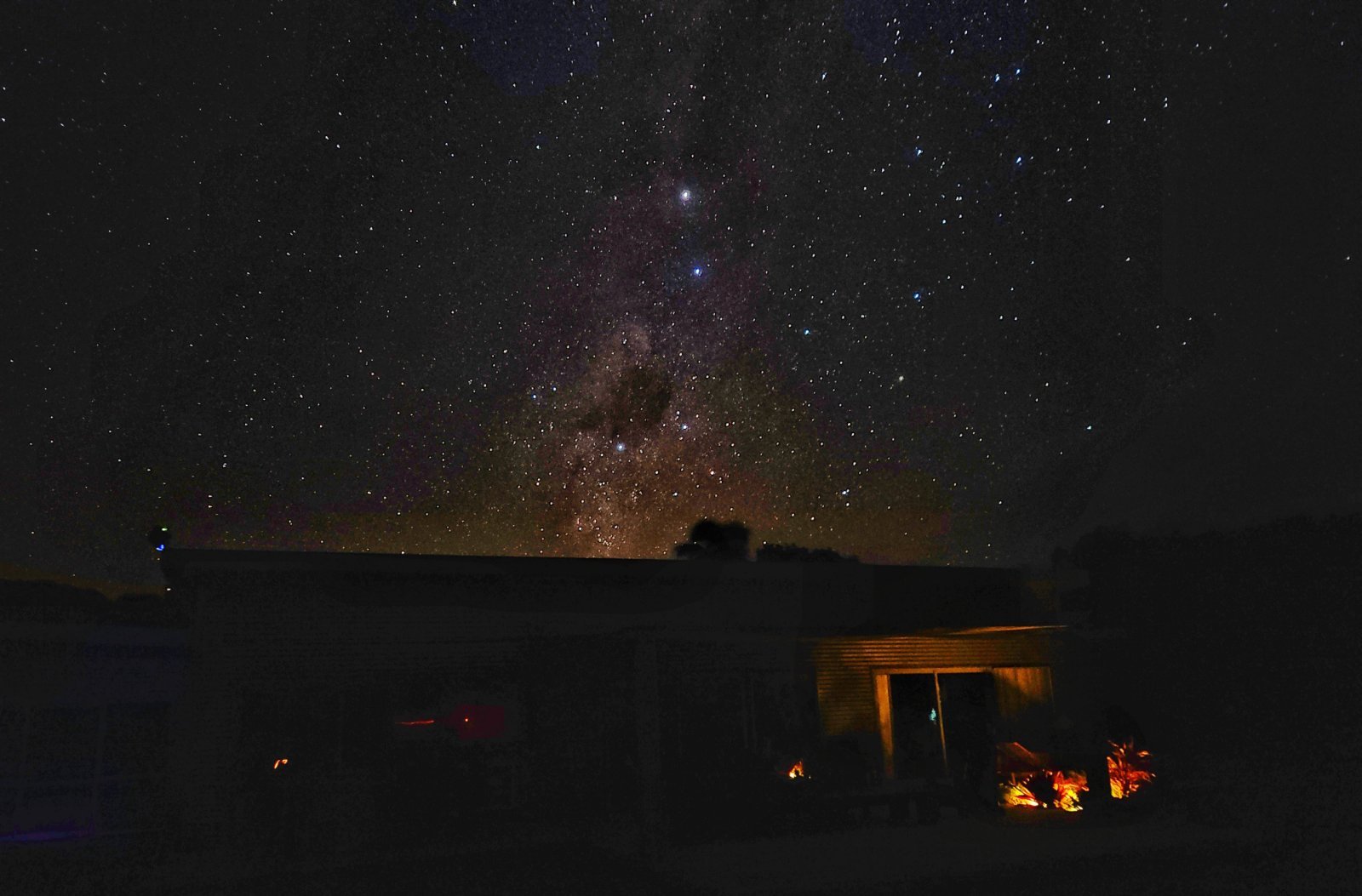
Milky Way Mata ki te Rangi
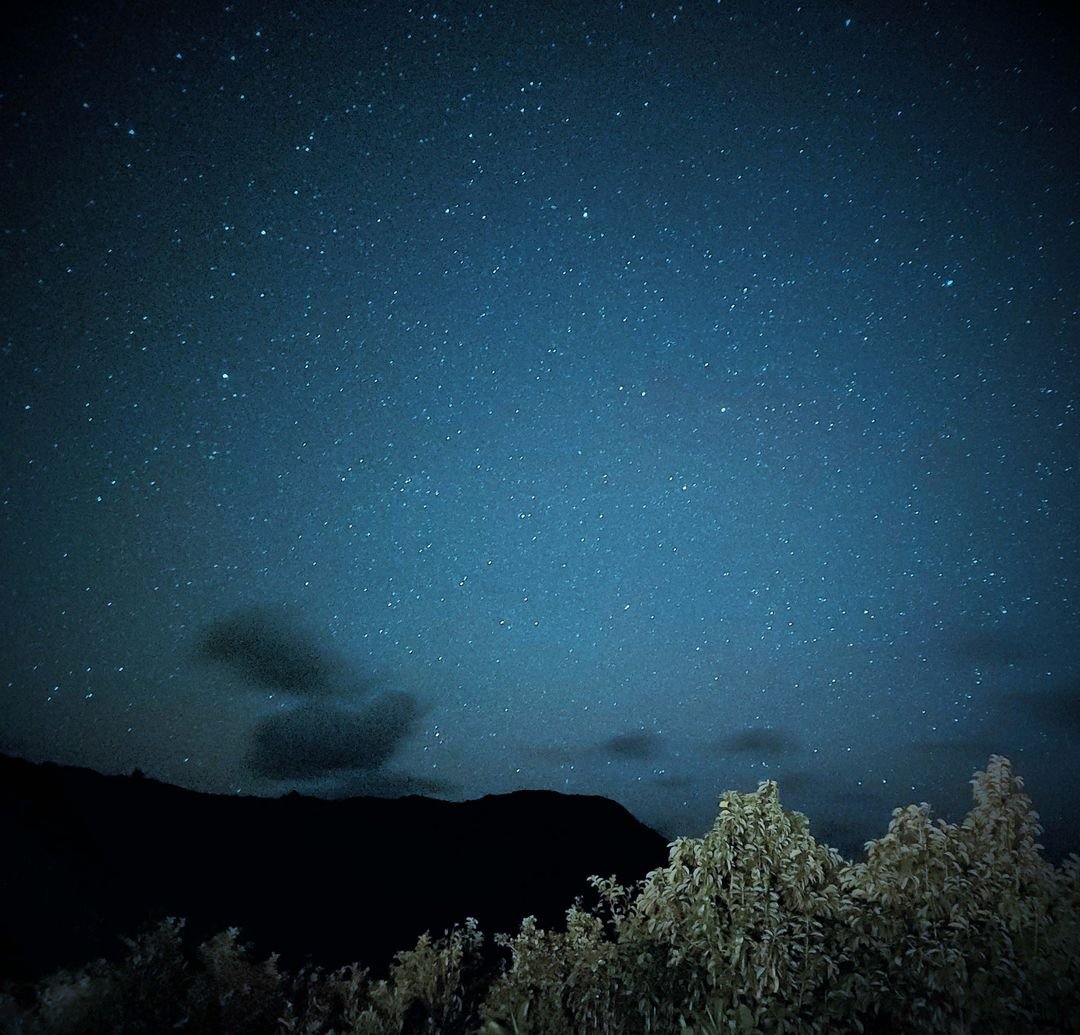
Beyond Garnets Ridge Pitcairn Islands Dark Sky Sanctuary. Mata ki te Rangi - Eyes to the Sky
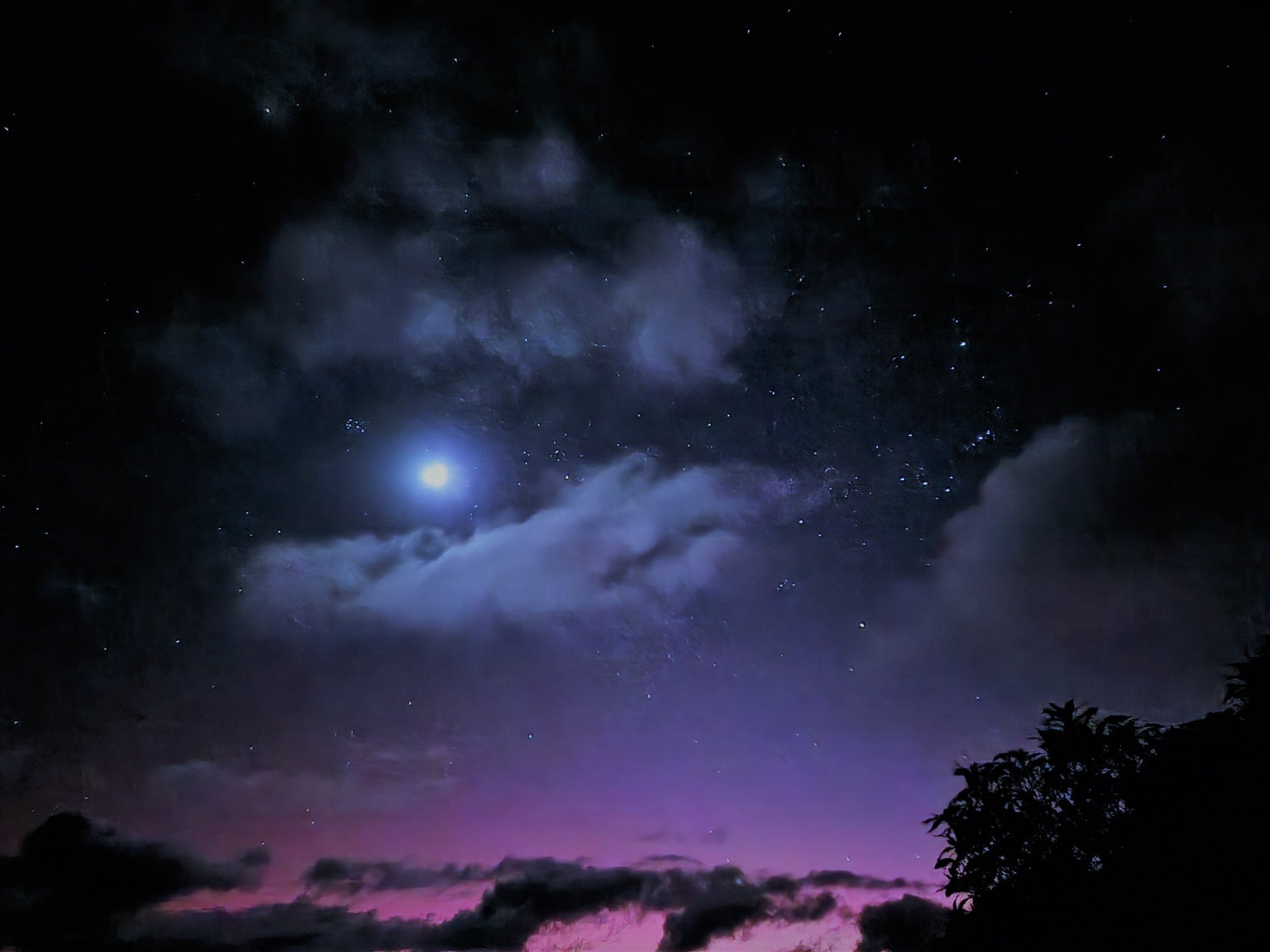
Mata ki te Rangi Dark Sky Sanctuary - Eyes to the Sky Sabbath Morning After the Rain

Pitcairn's Dark Sky Sanctuary, Mata ki te Rangi - Eyes to the Sky Starlight through the Frangipani tree
The declaration has strengthened Pitcairn’s commitment to protect one of the planet’s most remote and pristine multi-island environments for generations to come.
With Pitcairn’s world-class Marine Reserve, 9 endemic bird species; 10 endemic plants and its Dark Sky Sanctuary, there is much to attract naturalists, historians, astronomers and those looking to one of the most remote islands in the world.

This designation means everything in the world of night sky conservation and international astro-tourism.
Keen to learn more?
Learn about Pitcairn’s World-Class Marine Reserve, check out our on-island accommodations, or read the latest article from The Pitkern Blog. Ready to make a booking? Click here.
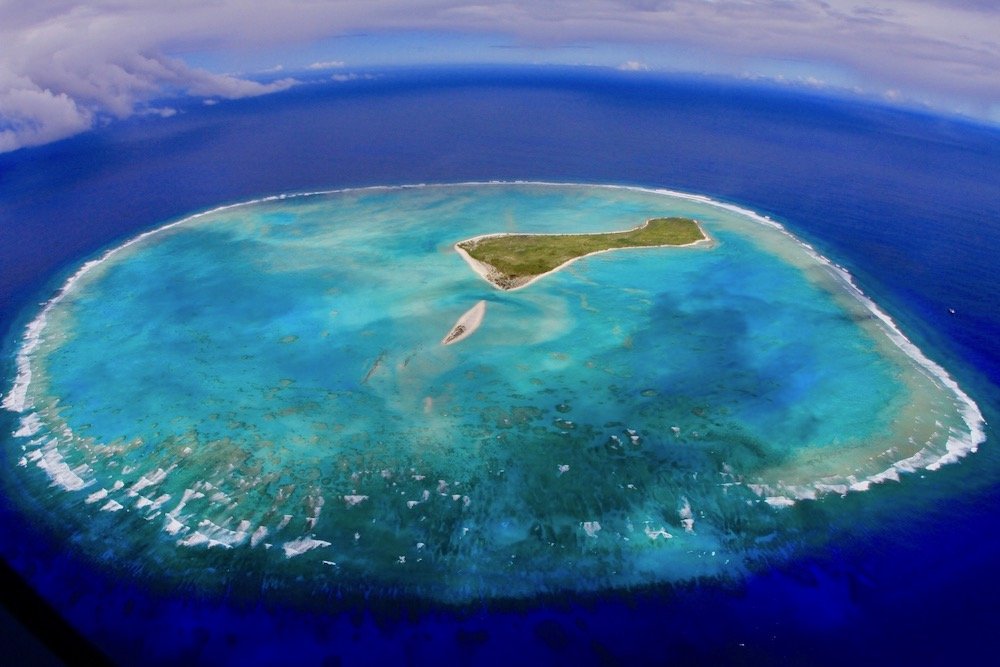
Pitcairn Islands Marine Reserve
Home to one of the worlds Largest, no-take Marine reserve, covering 840,000 square kilometres.
Since early 2011 the Pew Environment Group’s Global Ocean Legacy project has been working with the Pitcairn islanders on the idea of establishing a large scale marine reserve within their waters.
Pitcairn Island Accommodation
Semi Private Accommodation
US$200.00 per person/per day
Couples or Share with a friend US$300.00 per day
Ocean View
Semi-Private Accommodation
1 Bedroom, 1 Bath, fully furnished unit
US $200.00 per person per day
Ocean View
Private Accommodation
Fully Furnished Studio with ocean views
US$180.00 per person / per day - solo rate
US$150.00 per person / Per Day - Couples’ rate
Full Home Stay Accommodation
US$125.00 per person / per day Short term stay.
No Ocean View
Full Home Stay Accommodation
US$100 per person / per day
Short & Long Term Available
No Ocean View
Private Rental Accommodation
3 Bedrooms, 1 Bath
from US$150.00 per person / per day
Long term rates available
Ocean View
Private Rental
Independent, Small Groups, Self-Catering or Fully Catered Sleeps 8: 4 Bedrooms / 2 bathrooms
US$175.00 per person / per day
Ocean View
Semi Private Accommodation
Solo: USD 200 per person per day
Couples: USD 150 per person per day
Ocean View
Semi Private Accommodation
US$120.00 to $175.00 per person / per day Short term stay.
Ocean View
CURRENTLY NOT AVAILABLE
The Latest From The Pitkern Blog
For Pitcairn, the visit offers a special opportunity to welcome travellers ashore, share local stories, showcase island crafts, and introduce guests to the unique culture and history of Adamstown.
It is January 15, 1790, and the HMAV Bounty has arrived off the coast of Pitcairn Island. After circumnavigating the island to find safe anchorage, a bay was found on the north side that later was named Bounty Bay.
With up to 25 expedition experts on board, Silver Cloud is designed to connect travellers with seldom-seen places like Pitcairn. For our island, it means another chance to share stories, crafts, and warm hospitality with visitors from around the world.
The French Navy ship BSAOM Bougainville arrived on the morning of Monday, August 18th, for a four-day stay. It was the ship’s first visit to Pitcairn, and the community gave them a warm welcome.
Thanks to this determined effort and great teamwork, the new slipway is complete and ready for use. A big thanks goes out to everyone involved for their hard work and commitment to the project.
While Pitcairn does host regular cruise visits, this is a noteworthy addition to the island’s schedule. It brings a fresh chance to showcase the island’s natural wonders, rich history, and the strong ties to its Polynesian roots. For the island community, it’s another way to share its unique way of life with visitors.
Jayden and Kimiora Warren-Peu have been hard at work picking the first real harvest from coffee trees their family planted over 13 years ago. It’s no easy job — hot days, thorny weeds, and long hours bending and picking — but the reward is sweeter than any honey (which, by the way, they also make).
Repeaters are particularly useful for overcoming obstacles such as hills and valleys, ensuring reliable communication across a wider area. Thanks to recent efforts, handheld radio coverage on Pitcairn Island has been significantly improved.
Dr. Aiken approached his brief time on the island through the lens of Viktor Frankl’s philosophy of meaning, discovering in Pitcairn’s people a powerful truth: “Life’s greatest meaning comes not from what we escape but from what we embrace.”
Bounty Day is marked each year on January 23 as an official holiday on Pitcairn Island. On Norfolk Island, where nearly half the population traces its roots to Pitcairn, Bounty Day (otherwise known as Anniversary Day), is celebrated on the 8th of June in remembrance of the day their ancestors arrived from Pitcairn Island.
Pitcairn’s waters are now globally recognized as sanctuaries for endangered sharks. Henderson and Ducie islands, designated as ISRAs by the IUCN, protect species like grey reef and critically endangered whitetip reef sharks.
Ever wondered what it’s like to journey to one of the world’s most remote islands? Normand from Far and Away Adventures recently shared his experience traveling to Pitcairn on 2GB Afternoons with Michael McLaren! From the unique two-night trip aboard the Silver Supporter cargo ship to Pitcairn’s incredible night skies as an International Dark Sky Sanctuary, he paints an unforgettable picture of this adventure.
Read about researchers studying humpback whales in Pitcairn’s remote waters, as they track the whales' unique tail markings, record their songs, and collect valuable genetic data—dive into the full story now!
In the heart of Pitcairn Island lies a hidden gem—the Pitkern Island Artisan Gallery. The on-line Artisan Gallery is a special place where our local artisans can showcase their handmade crafts and products, ensuring that every piece carries a bit of Pitcairn’s spirit to the world.
Our 2025/2026 shipping schedule is now out and available to book. This extended schedule underscores the island's growing tourism sector and allows travelers and agents to book their voyages well in advance with confidence.
Pitcairn Islands Tourism is excited to announce the addition of six additional voyages to the 2025 passenger schedule aboard MV Silver Supporter, operating between Mangareva and Pitcairn Island.
The M/V Plastic Odyssey is a remote field station for researchers, engineers, and scientists. Check out this video from their latest visit to Pitcairn.
International Dark Sky Week is a worldwide celebration of the dark and natural night. The natural night is filled with wonder and awe, and is critical to the health and wellbeing of our planet.
PIPCO has launched its new website dedicated to bringing Pitcairn’s original artisanal pure honey products to the world.
Fair weather, great food and good company made for a very pleasant event as we came together to remember those who came before us.
The day was filled with joy, trading, and cultural exchange. Check out our two-minute video to see the highlights of this special day with the AIDAsol
It was an honor to celebrate the opening of the Marine Science Base which stands as a beacon of Pitcairn’s commitment to safeguarding our oceans and the amazing marine wildlife within the MPA.
A testament to Pitcairn's commitment to preserving its unique and diverse ocean ecosystem.



